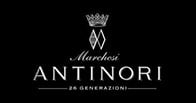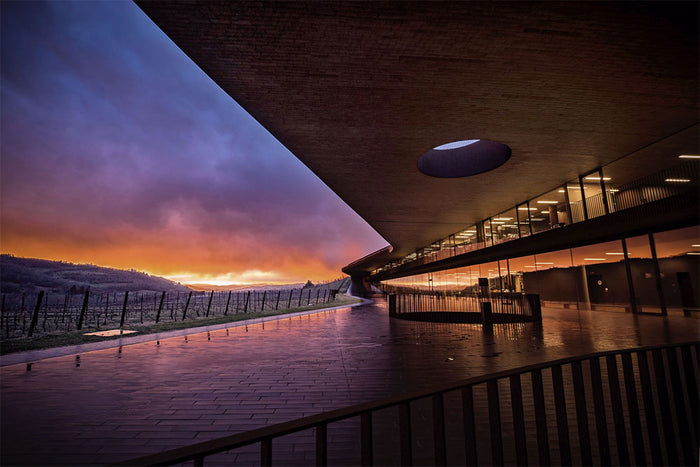
Perfume

Color

Taste
Serve at:
14 -16 °C.
Longevity:
05 - 10 years
Decanting time:
1 hour

- Start up year: 1385
- Oenologist: Renzo Cotarella
- Bottles produced: 20.000.000
- Hectares: 1.400
The Antinori family’s first encounter with wine dates back to 1385, when Giovanni di Piero Antinori joined the Guild of Wine Merchants to make the best use of the family’s country properties in Valdarno, around Florence.
However, it was not until the 16th century that banker and merchant Alessandro Antinori made the wine from his estates famous in Italy and abroad, travelling from Lyons to Flanders, and from Spain to Algiers.
Wine was to remain the family’s passion and main business activity, so much so that in 1898 the "Fattoria dei Marchesi Lodovico e Piero Antinori" was created by brothers Lodovico and Piero, the sons of Marchese Niccolò – a direct descendent of that other Niccolò who purchased Palazzo Antinori in 1506 and poured his efforts into publicising Tuscan wines around the world and creating fine quality products. For 26 generations the Antinori family have continued to make history.
In 2023, at the beginning of February, Villa Antinori Toscana IGT 2019 was named the third wine in the world, the only Italian wine, in Wine Specator's Top 10 Values 2022: the list of the 10 wines that according to the American magazine represent world excellence in terms of value for money. Read more


| Name | Antinori Villa Antinori Rosso 2022 |
|---|---|
| Type | Red still |
| Denomination | Toscana IGT |
| Vintage | 2022 |
| Size | 0,75 l |
| Alcohol content | 13.5% by volume |
| Grape varieties | Merlot, Petit Verdot, Sangiovese, Syrah |
| Country | Italy |
| Region | Tuscany |
| Vendor | Antinori |
| Story | Villa Antinori is, first and foremost, an idea, a way of conceiving wine production: as experimentation and evolution on the one hand and as a historical value on the other. Villa Antinori was introduced in 1928 by Marquis Niccolò Antinori, Piero Antinori's father, as the first Chianti Classico created to be aged and improved over time. In 2001, Piero Antinori inaugurated a new evolution of Villa Antinori, which became a Toscana IGT wine. The label design has remained virtually unchanged throughout its long history. |
| Harvest | Grapes were destemmed, gently crushed and then transferred to temperature controlled stainless steel tanks. |
| Wine making | Alcoholic fermentation lasted 5 to 7 days, while maceration lasted 8 to 12 days. Fermentation temperatures did not exceed 28°C for the Cabernet, Sangiovese and Petit Verdot grapes, thus favouring the extraction of colour and sweet tannins. In the case of the Syrah and Merlot grapes, temperatures never exceeded 25°C in preserving their aromatic components. |
| Aging | Following malolactic fermentation in October and November, the wine was transferred to French, Hungarian and American oak barrels, where it began its ageing period. |
| Allergens | Contains sulphites |





